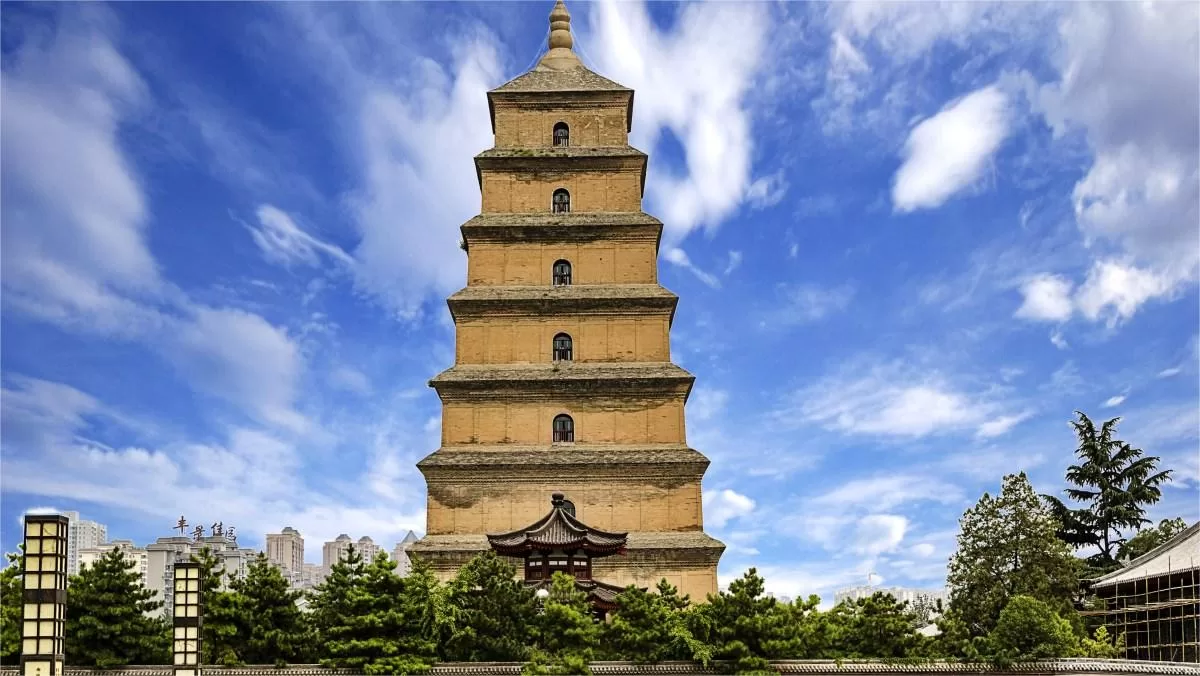The Giant Wild Goose Pagoda is a well-known landmark in the city of Xi’an, China. Here are some intriguing facts about this ancient structure:
Age and History: The pagoda was first built in the Tang Dynasty (618-907 AD) by the Emperor Gaozong as part of a Buddhist temple complex. It was originally built with five stories, but over the centuries it has been damaged by earthquakes and rebuilt several times, now standing at a height of seven stories.
Name: The name of the pagoda comes from a legend that says a pair of geese flew over the temple and landed to show their respect for the Buddha. The emperor saw this as a sign of good fortune and named the temple and pagoda after the birds.
Architecture: The pagoda is a stunning example of traditional Chinese architecture, with a square base and tapered sides. It is made of brick and stone, and each floor has a small balcony with ornate carvings and decorations. The pagoda stands at a height of 64.5 meters (211 feet) and is visible from many parts of the city.
Buddhist Relics: The pagoda was built to house Buddhist relics that were brought back from India by the famous monk Xuanzang. These relics are said to include a piece of the Buddha’s skull bone, as well as other artifacts related to Buddhist teachings.
Cultural significance: The Giant Wild Goose Pagoda is not only a symbol of the Buddhist faith, but it is also an important part of Chinese cultural heritage. It has been designated as a UNESCO World Heritage Site and is visited by thousands of tourists each year who come to marvel at its beauty and learn about its history.


